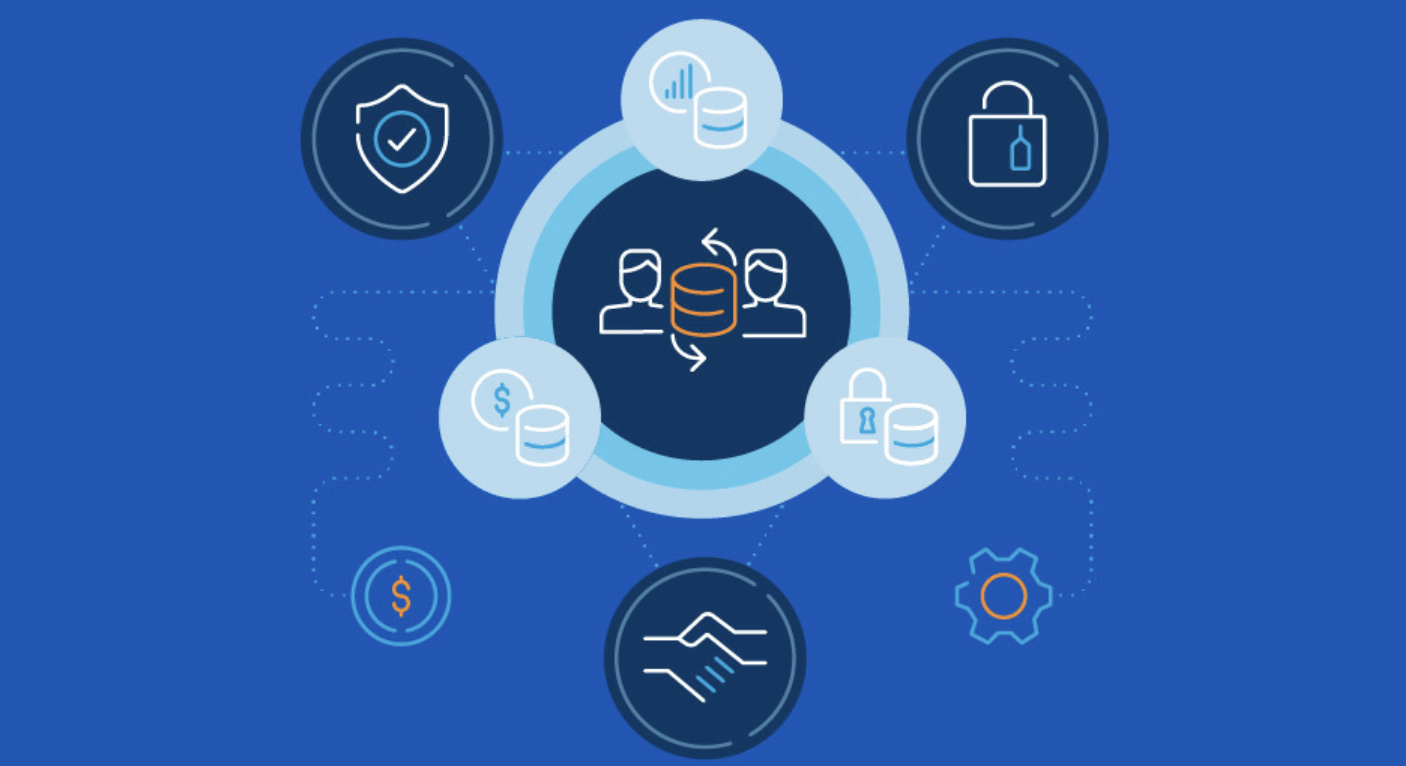What does a winning mindset look like in the new world of data
Playing to win in the new world of data
We’re living in a new world of data. The most important person in your business now is the customer, and understanding their needs and wants at every step of their journey is critical to your success.
For some years organisations have been collecting a huge amount of data, but its use is increasingly regulated in response to public concerns. At the same time, a key foundation of online advertising for the last 27 years – the third-party cookie – is about to be taken away.
As a result, the old certainties no longer apply. The future will be about quality rather than reach; sharing rather than silos; iterations rather than monoliths. And for marketers looking to the mindset needed to win in this new environment, there are five key characteristics.
- Champion collaboration.
The time for turf wars is over. No-one should be thinking about the results of their own department, channel or platform at the expense of the overall performance of the organisation. An increasingly popular solution is to create cross-functional teams that bring together expertise and insight from across the business. They introduce people to colleagues they might never otherwise meet, encouraging a more holistic view.
- Choose KPIs that matter.
This holistic approach needs to come from the top. A powerful way to encourage it is to make every department party to company-wide KPIs, and allow them to establish the targets they need to hit in order for the business to deliver those goals. Organisations also need to be aware of the need to choose metrics that matter. A world where precision matters more than scale demands metrics that measure the impact marketing has on sales, not ‘vanity’ metrics such as impressions or clicks.
- Test and learn. Then repeat.
Successful companies are moving away from big infrastructure plays that take upwards of 18 months to deliver because, during that period, not a lot of value is generated for the business. Instead, they’re developing a mindset of test, learn, iterate and evolve, with the aim of getting to value within three months. This approach forms the basis of the way cross-functional teams should operate.
- Maximise data efficiency
The more you automate the use of data by business teams, the more your data science team can focus on where the real value is. And it’s not just teams within the organisation. Working with Boots, we’ve made sure their customer data is always available on our platform so that their media agency can get their hands on it easily and use it in campaigns.
- Train to change minds
Executing campaigns based on precision rather than reach requires a new way of thinking and a new set of skills. The more innovative consultancies and agencies are building specific capabilities around precision audiences that can be leveraged to train internal teams. On top of that, you need to know whether the right skills are in place to realise the value of the data within the business. Finding that data science resource is already a big challenge for brands, and it’s only going to get bigger.
All this matters more now, because 2022 will be the year when the use of first-party data – that is, customer data – in online advertising becomes business as usual. As an example, we worked with Boots to bring their Advantage Card data and website data together in a single customer view. This enabled audience building, modelling and activation all from a single source, along with sales lift reporting. Boots increased the use of its first-party data by 400%, and 30% of its media spend is now based on first-party data.
The bottom line is that the brands which adopt this new mindset will be the ones to take full advantage of their customer data. As a result, they’ll be the ones that thrive in the new data landscape.
